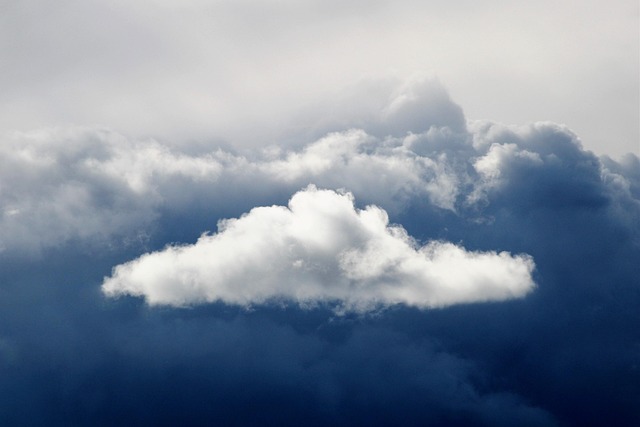As we navigate through the increasing unpredictability of our climate, one extreme weather phenomenon that has gained attention is hail. Once merely a concern for farmers watching their crops get battered, hail has become a representative of the unpredictable nature of weather patterns in our changing environment. The relationship between rising temperatures, severe storms, and the prevalence of hail is one that evokes anxiety and urgency.
The intensity of hail storms has escalated in frequency and severity, drawing a clear connection to climate change. Warmer air holds more moisture, which can lead to more powerful thunderstorms capable of producing larger hailstones. This phenomenon impacts not only agriculture but also urban areas, as damaging storms lash down on homes, cars, and infrastructure. Each hail storm leaves a wake of destruction, raising concerns about the resilience of communities in the face of such natural disasters.
From the perspective of the environment, the aftermath of hail storms can amplify problems. The debris and destruction wreak havoc on ecosystems, where both flora and fauna are affected. As habitats are damaged, the survival of various species can be compromised, creating cascading effects within the local ecosystem. This delicate balance makes it vital for us to monitor and understand the implications of hail as part of our broader climate crisis.
Moreover, the socio-economic ramifications are undeniable. Insurance companies grapple with the rising costs of repairs and claims related to hail damage. Homeowners face mounting pressure to protect their properties from the increasing frequency of hail storms. There is a shared sense of vulnerability and helplessness among those affected, driving a collective call for awareness and action in addressing climate change at its core.
Yet, amidst these challenges, there is hope in the growing movement toward sustainability and a brighter future. Communities are beginning to adapt, deploying better forecasting technologies and investing in resilient infrastructure designed to weather extreme conditions. Educational initiatives and advocacy for policies that mitigate climate change are forming a united front in the quest for a more stable and predictable environment.
As we continue to witness the impacts of climate change, it is crucial that we approach the issue of hail and other extreme weather events with a sense of urgency and responsibility. By acknowledging the role of human activity in our changing climate, we can work together towards solutions that not only protect our personal investments but also safeguard the fragile ecosystems of our planet.




